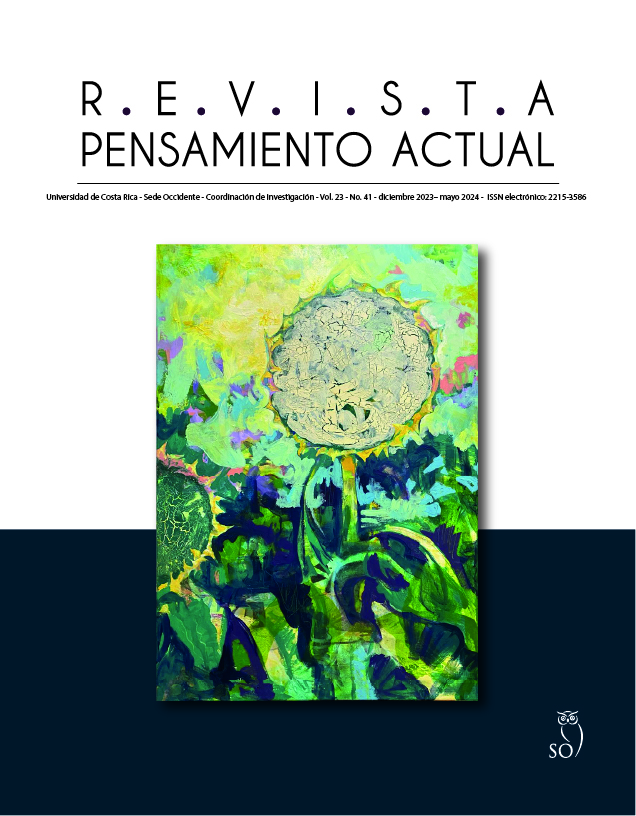Abstract
Handwriting is considered a cognitive tool for learning under the premise that practicing it helps to better understand what is read. When the student writes by hand, it involves greater neural connections, all essential for the future of good writing, because they stimulate more complex thinking when writing long sentences and complete sense. Hence, mastery of handwriting skills plays an important role in academic performance: it has been proven that note takers read faster and get better grades. Taking notes by hand integrates visual, proprioceptive, and haptic information, working memory, and motor information. Writing by hand to take notes allows you to consolidate knowledge and achieve a greater understanding of what is heard or read. What better scenario than for the teacher to add the added value of encouraging written expression among students, performing said action in significant contexts? This undoubtedly implies a cognitive process that forces the student to organize, think and rethink their ideas until they are translated into a written composition. Similarly, reading is influenced by handwriting technique, because motor programs and sensory experiences while reading are also activated when writing. Both are considered essential in the teaching-learning process. In short, writing is not an end in itself but a means to learn that offers the possibility of continuous growth and not a simple skill. In addition to serving as a link to learn about or publicize an idea, writing also transforms consciousness; that is to say, that the written expression has effects on the thoughts and feelings of the person who issues it.
References
Aldana, H. (20 de junio 2022). Memorias [video]. Youtube. https://youtu.be/uIzmo7YKyK4
Aldana, H. (6 diciembre 2017). Neurociencia y educación. De la investigación a la práctica docente.[Curso] Universidad de Belgrano. http://rlcu.adobeconnect.com/p593uwohi4gx/
Dahaene, S. (2015). Aprender a leer. De las ciencias cognitivas al aula. (1a ed.). Siglo Veintiuno Editores.
Dahaene, S. (2019). ¿Cómo aprendemos? (1a ed.). Siglo Veintiuno Editores.
Giraldo, C. (2015). La escritura en el aula como instrumento de aprendizaje. Estudio en universidades. Ánfora, 22(38), 39-58. Universidad Autónoma de Manizales.
Graham, S. y Hebet, M. (2010) Escribir para leer: evidencia de cómo puede mejorar la escritura. Informe sobre el tiempo para actuar de Carnegie Corporation. Alianza para la Educación Excelente.
Gruber, M. y Ranganath, C. (2019). How Curiosity Enhances Hippocampus-Dependent Memory: The Prediction, Appraisal, Curiosity, and Exploration (PACE) Framework. Trends Cognitive Sciences. https://doi.org/10.1016/j.tics.2019.10.003
Marquardt, C; Diaz, M; Schneider y Hilgemann, R. (2016). Learning handwriting at school – Una encuesta de profesores sobre problemas actuales y opciones futuras. Tendencias en neurociencia y educación. http://dx.doi.org/10.1016/j.tine.2016.07.001
}
Mueller, P., & Oppenheimer, D. (2014). The Pen Is Mightier Than the Keyboard: Advantages of Longhand Over Laptop Note Taking. Psychological Science, 25(6), 1159–1168. https://doi.org/10.1177/0956797614524581
Suri, G y Gross, J. (2015). El papel de la atención en el comportamiento motivado. Revista de Psicología Experimental. http://dx.doi.org/10.1037/xge0000088
Tirapu, J y Luna, P. (s.f). Neuropsicología de las funciones ejecutivas. www.https://autismodiario.com/wp-content/uploads/2013/12/Neuropsicolog%C3%ADa-de-las-funciones-ejecutivas.pdf
Umejima, K,; Ibaraki, T.; Yamazaki, T, y Sakai, K. (2021). Paper Notebooks vs. Mobile Devices: Brain Activation Differences During Memory Retrieval. Front. Behav. Neurosci. 15. doi: 10.3389/fnbeh.2021.634158
##plugins.facebook.comentarios##

This work is licensed under a Creative Commons Attribution-NonCommercial-ShareAlike 3.0 Unported License.
Copyright (c) 2023 Pensamiento Actual

